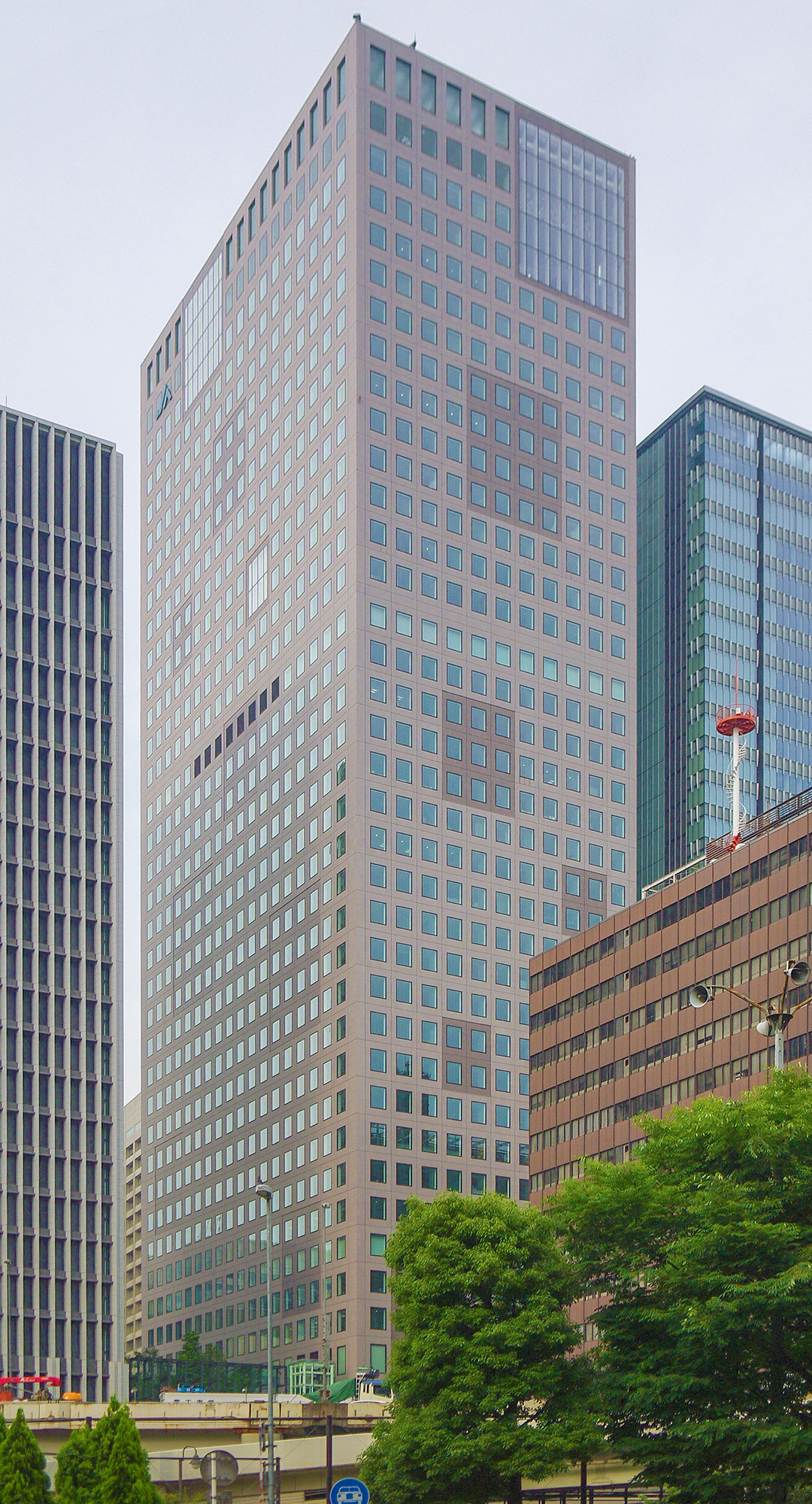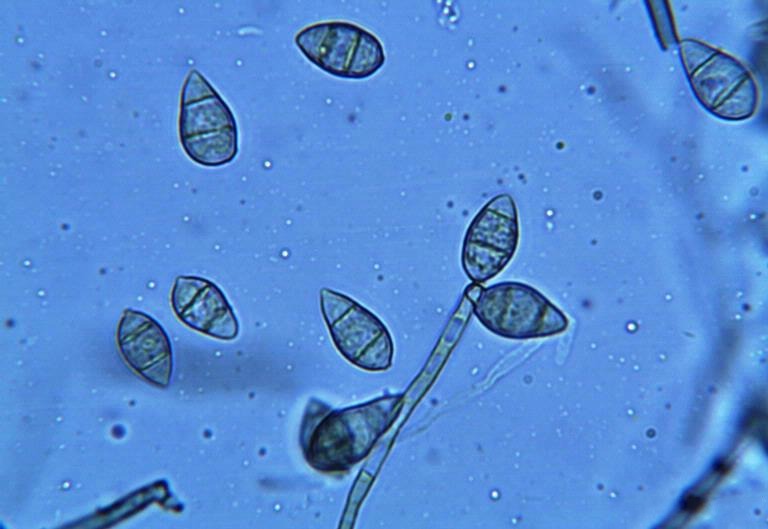|
Koshihikari
is a popular cultivar of Japonica rice cultivated in Japan as well as Australia and the United States. ''Koshihikari'' was first created in 1956 by combining 2 different strains of ''Nourin No.1'' and ''Nourin No.22'' at the Fukui Prefectural Agricultural Research Facility. It is one of the most highly grown varieties of rice in Japan and is exported to other countries as a premium product. Etymology The character for is used to represent the old Koshi Province, which stretched from present-day Fukui to Yamagata. ''Koshihikari'' can be translated as "the light of Koshi". Related varieties Other rice varieties close to its strains, such as Akitakomachi, Hitomebore, and Hinohikari were subsequently created by cross-breeding ''Koshihikari'' with other Japanese varieties of rice. Characteristics *Highly susceptible to blast disease *Its stem collapses easily when mature See also * Japanese rice Japanese rice refers to a number of short-grain cultivars of Japoni ... [...More Info...] [...Related Items...] OR: [Wikipedia] [Google] [Baidu] |
Japanese Rice
Japanese rice refers to a number of short-grain cultivars of Japonica rice including ordinary rice (''uruchimai'') and glutinous rice (''mochigome''). Ordinary Japanese rice, or ''uruchimai'' (:ja:粳米, 粳米), is the staple of the Japanese diet and consists of short translucent grains. When cooked, it has a sticky texture such that it can easily be picked up and eaten with chopsticks. Outside Japan it is sometimes labeled sushi rice, as this is one of its common uses. It is also used to produce sake. Glutinous rice, known in Japan as ''mochigome'' (:ja:もち米, もち米), is used for making mochi (:ja:餅, 餅), Okowa, and special dishes such as sekihan. It is a short-grain rice, and can be distinguished from ''uruchimai'' by its particularly short, round, opaque grains, its greater stickiness when cooked, and firmer and chewier texture. Cultivation Contemporary cultivation of rice in Japan is characterized by high mechanization, intense cultivation, and a shortage of f ... [...More Info...] [...Related Items...] OR: [Wikipedia] [Google] [Baidu] |
Japonica Rice
Japonica rice (''Oryza sativa'' subsp. ''japonica''), sometimes called sinica rice, is one of the two major domestic types of Asian rice varieties. Japonica rice is extensively cultivated and consumed in East Asia, whereas in most other regions is the dominant type of rice. Japonica rice originated from Central China, where it was first domesticated along the Yangtze River basin approximately 9,500 to 6,000 years ago. Characteristics Japonica rice grains are rounder, thicker, and harder, compared to longer, thinner, and fluffier indica rice grains. Japonica rice is also stickier due to the higher content of amylopectin, whereas indica rice starch consists of less amylopectin and more amylose. Japonica rice plants are shorter than indica rice plants. Classification Japonica rice can be classified into three subgroups, 'temperate japonica', 'tropical japonica' (also known as 'javanica', ), and 'aromatic'. Temperate japonica is cultivated in East Asia (China, Japan, Korea, V ... [...More Info...] [...Related Items...] OR: [Wikipedia] [Google] [Baidu] |
Agriculture In Japan
Agriculture, farming, and fishing (Japanese: 農林水産, ''nōrinsuisan'') form the primary sector of industry of the Japanese economy together with the Japanese mining industry, but together they account for only 1.3% of gross national product. Only 20% of Japan's land is suitable for cultivation, and the agricultural economy is highly subsidized. Agriculture, forestry, and fishing dominated the Japanese economy until the 1940s, but thereafter declined into relative unimportance (see Agriculture in the Empire of Japan). In the late 19th century (Meiji period), these sectors had accounted for more than 80% of employment. Employment in agriculture declined in the prewar period, but the sector was still the largest employer (about 50% of the work force) by the end of World War II. It was further declined to 23.5% in 1965, 11.9% in 1977, and to 7.2% in 1988. The importance of agriculture in the national economy later continued its rapid decline, with the share of net agricult ... [...More Info...] [...Related Items...] OR: [Wikipedia] [Google] [Baidu] |
Central Union Of Agricultural Cooperatives
The , in short , is an independent administrative Japanese body within the Japan Agriculture (JA) Group which determines policy and administrates the group. Its legal status was originally a Recognised Corporate Body under the control of the Ministry of Agriculture, Forestry and Fisheries (MAFF), but since 2002 has become a Special Civilian Corporate Body. History The body was founded for the aforementioned purposes in 1954. It gained larger recognition in the next year when it replaced the then existing Union of National Agricultural Cooperatives at the International Co-operative Alliance (ICA). After its advent, Zenchu had been preoccupied with maintaining and increasing government price supports on rice and other crops and with holding back the import of cheaper agricultural products from abroad. Self-sufficient in rice, Japan in the early 1990s imported only a tiny quantity. A special variety of Thai rice, for example, is used specifically to make the traditional Okinawan liq ... [...More Info...] [...Related Items...] OR: [Wikipedia] [Google] [Baidu] |
Blast Disease
''Magnaporthe grisea'', also known as rice blast fungus, rice rotten neck, rice seedling blight, blast of rice, oval leaf spot of graminea, pitting disease, ryegrass blast, Johnson spot, neck blast, wheat blast, and Imochi (Japanese:稲熱) is a plant-pathogenic fungus and model organism that causes a serious disease affecting rice. It is now known that ''M. grisea'' consists of a cryptic species complex containing at least two biological species that have clear genetic differences and do not interbreed. Complex members isolated from ''Digitaria'' have been more narrowly defined as ''M. grisea''. The remaining members of the complex isolated from rice and a variety of other hosts have been renamed ''Magnaporthe oryzae'', within the same ''M. grisea'' complex. Confusion on which of these two names to use for the rice blast pathogen remains, as both are now used by different authors. Members of the ''Magnaporthe grisea'' complex can also infect other agriculturally important cereal ... [...More Info...] [...Related Items...] OR: [Wikipedia] [Google] [Baidu] |
Yamagata Prefecture
is a prefecture of Japan located in the Tōhoku region of Honshu. Yamagata Prefecture has a population of 1,079,950 (1 June 2019) and has a geographic area of 9,325 km² (3,600 sq mi). Yamagata Prefecture borders Akita Prefecture to the north, Miyagi Prefecture to the east, Fukushima Prefecture to the south, and Niigata Prefecture to the southwest. Yamagata is the capital and largest city of Yamagata Prefecture, with other major cities including Tsuruoka, Sakata, and Yonezawa. Yamagata Prefecture is located on Japan's western Sea of Japan coast and its borders with neighboring prefectures are formed by various mountain ranges, with 17% of its total land area being designated as Natural Parks. Yamagata Prefecture formed the southern half of the historic Dewa Province with Akita Prefecture and is home to the Three Mountains of Dewa, which includes the Haguro Five-story Pagoda, a recognised National Treasure of Japan. History The aboriginal people once inhabited the area ... [...More Info...] [...Related Items...] OR: [Wikipedia] [Google] [Baidu] |
Japan
Japan ( ja, 日本, or , and formally , ''Nihonkoku'') is an island country in East Asia. It is situated in the northwest Pacific Ocean, and is bordered on the west by the Sea of Japan, while extending from the Sea of Okhotsk in the north toward the East China Sea, Philippine Sea, and Taiwan in the south. Japan is a part of the Ring of Fire, and spans Japanese archipelago, an archipelago of List of islands of Japan, 6852 islands covering ; the five main islands are Hokkaido, Honshu (the "mainland"), Shikoku, Kyushu, and Okinawa Island, Okinawa. Tokyo is the Capital of Japan, nation's capital and largest city, followed by Yokohama, Osaka, Nagoya, Sapporo, Fukuoka, Kobe, and Kyoto. Japan is the List of countries and dependencies by population, eleventh most populous country in the world, as well as one of the List of countries and dependencies by population density, most densely populated and Urbanization by country, urbanized. About three-fourths of Geography of Japan, the c ... [...More Info...] [...Related Items...] OR: [Wikipedia] [Google] [Baidu] |
Koshi Province
was an ancient province or region of Japan in what is now the Hokuriku region. The region as a whole was sometimes referred to as . Koshi appears as one of the original provinces in the '' Nihon Shoki''. In 598 AD, the residents of Koshi presented a white deer to Empress Suiko as tribute. At the end of the 7th century, Koshi was divided into three separate provinces: Echizen, Etchū, and Echigo (as noted in the Taihō Code). The names of these provinces mean 'Upper-Koshi' (Echizen), 'Middle-Koshi' (Etchu), and 'Lower-Koshi' (Echigo), respectively, indicating their relative positions with respect to the capital region (Kinki) at the time the Ritsuryō system was enacted. Later, parts of Echizen were separated off into Noto and Kaga provinces. Nussbaum, Louis-Frédéric. (2005). "''Koshi''" in . See also * Koshibito * Hokurikudō * Hokuriku subregion Notes References * Asiatic Society of Japan. (1874). ''Transactions of the Asiatic Society of Japan.'' Yokohama: The Society ... [...More Info...] [...Related Items...] OR: [Wikipedia] [Google] [Baidu] |
Kanji
are the logographic Chinese characters taken from the Chinese family of scripts, Chinese script and used in the writing of Japanese language, Japanese. They were made a major part of the Japanese writing system during the time of Old Japanese and are still used, along with the subsequently-derived syllabic scripts of ''hiragana'' and ''katakana''. The characters have Japanese pronunciation, pronunciations; most have two, with one based on the Chinese sound. A few characters were invented in Japan by constructing character components derived from other Chinese characters. After World War II, Japan made its own efforts to simplify the characters, now known as shinjitai, by a process similar to China's simplified Chinese characters, simplification efforts, with the intention to increase literacy among the common folk. Since the 1920s, the Japanese government has published character lists periodically to help direct the education of its citizenry through the myriad Chinese characte ... [...More Info...] [...Related Items...] OR: [Wikipedia] [Google] [Baidu] |

.jpg)



